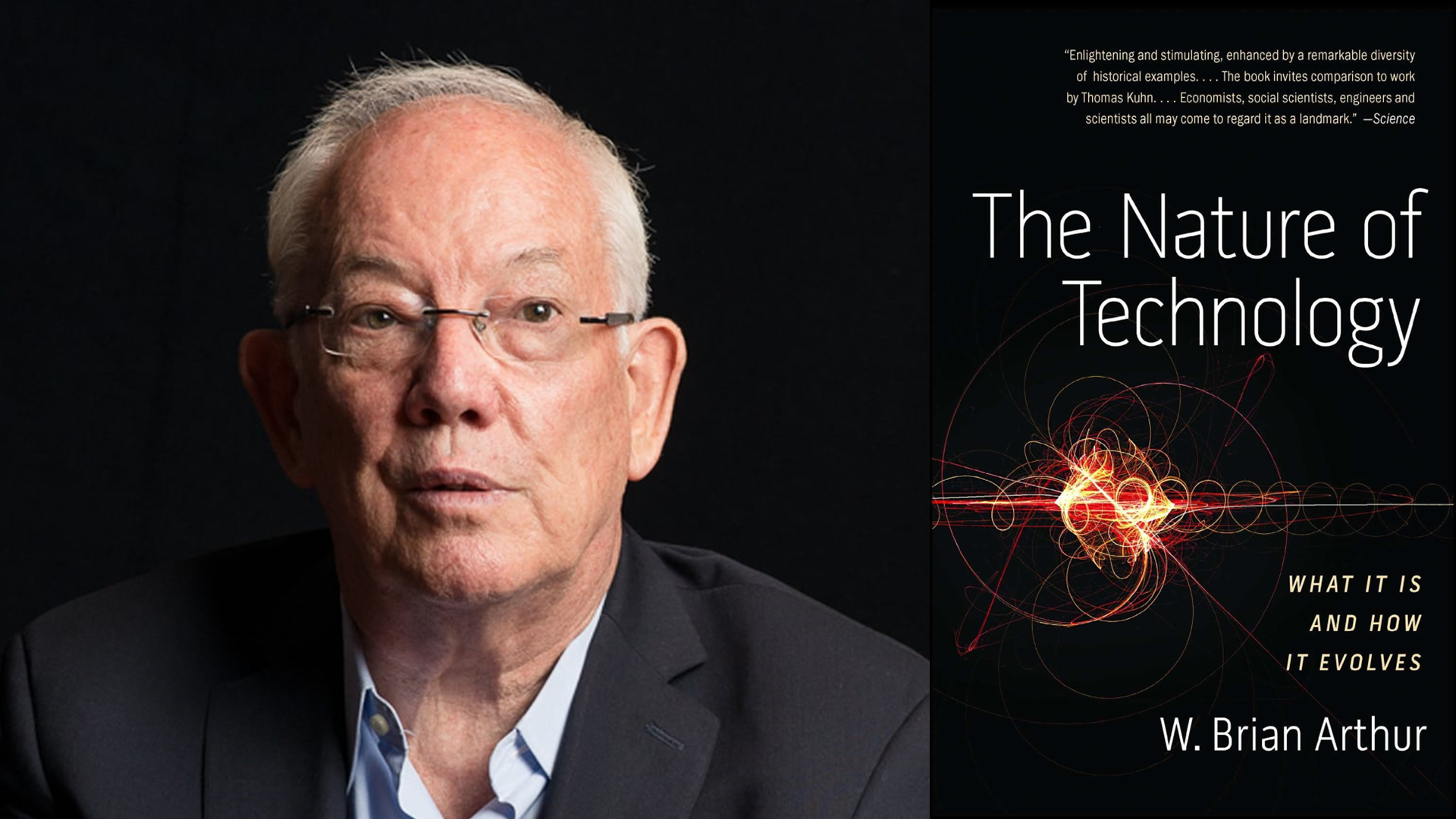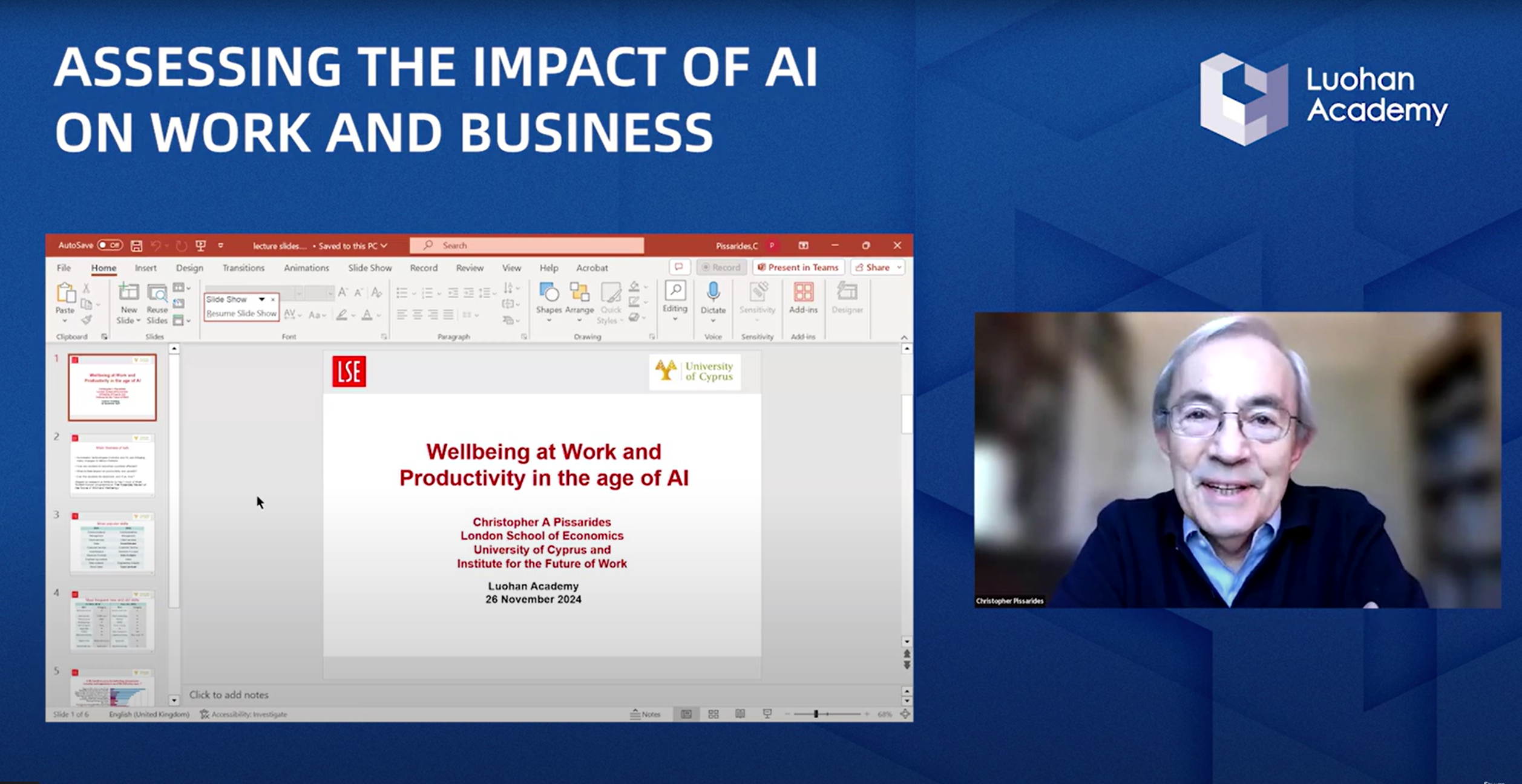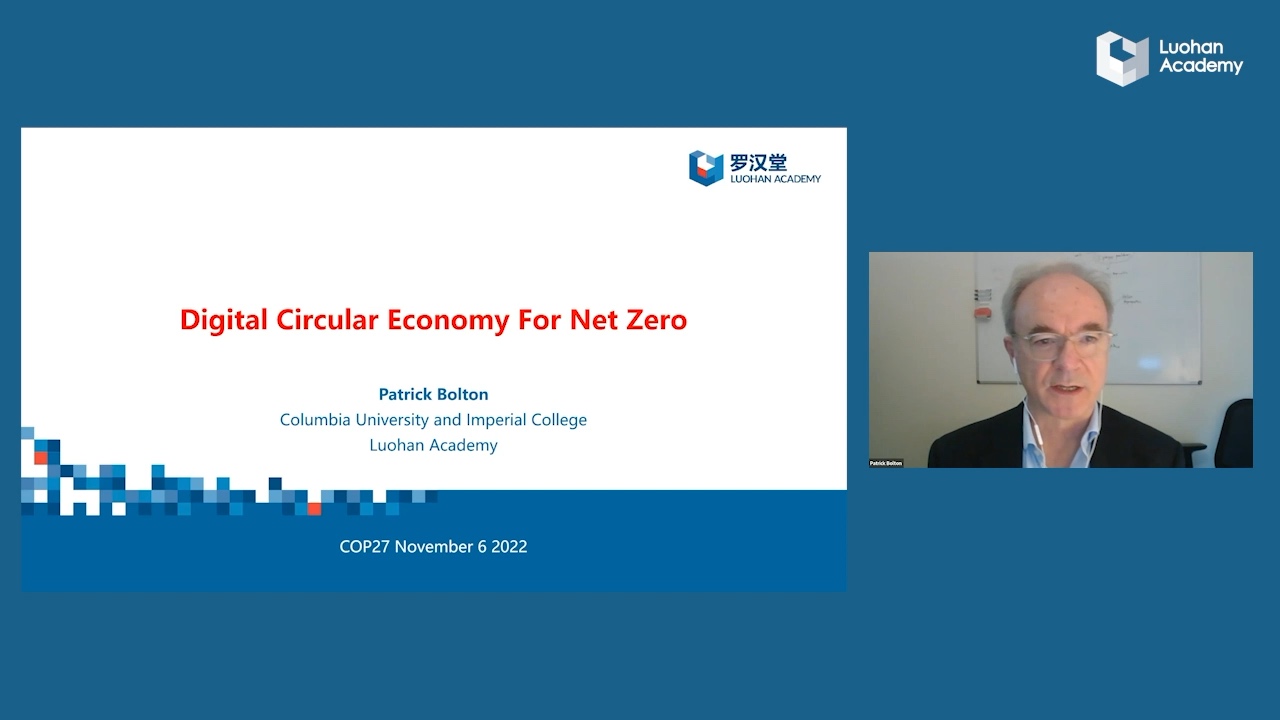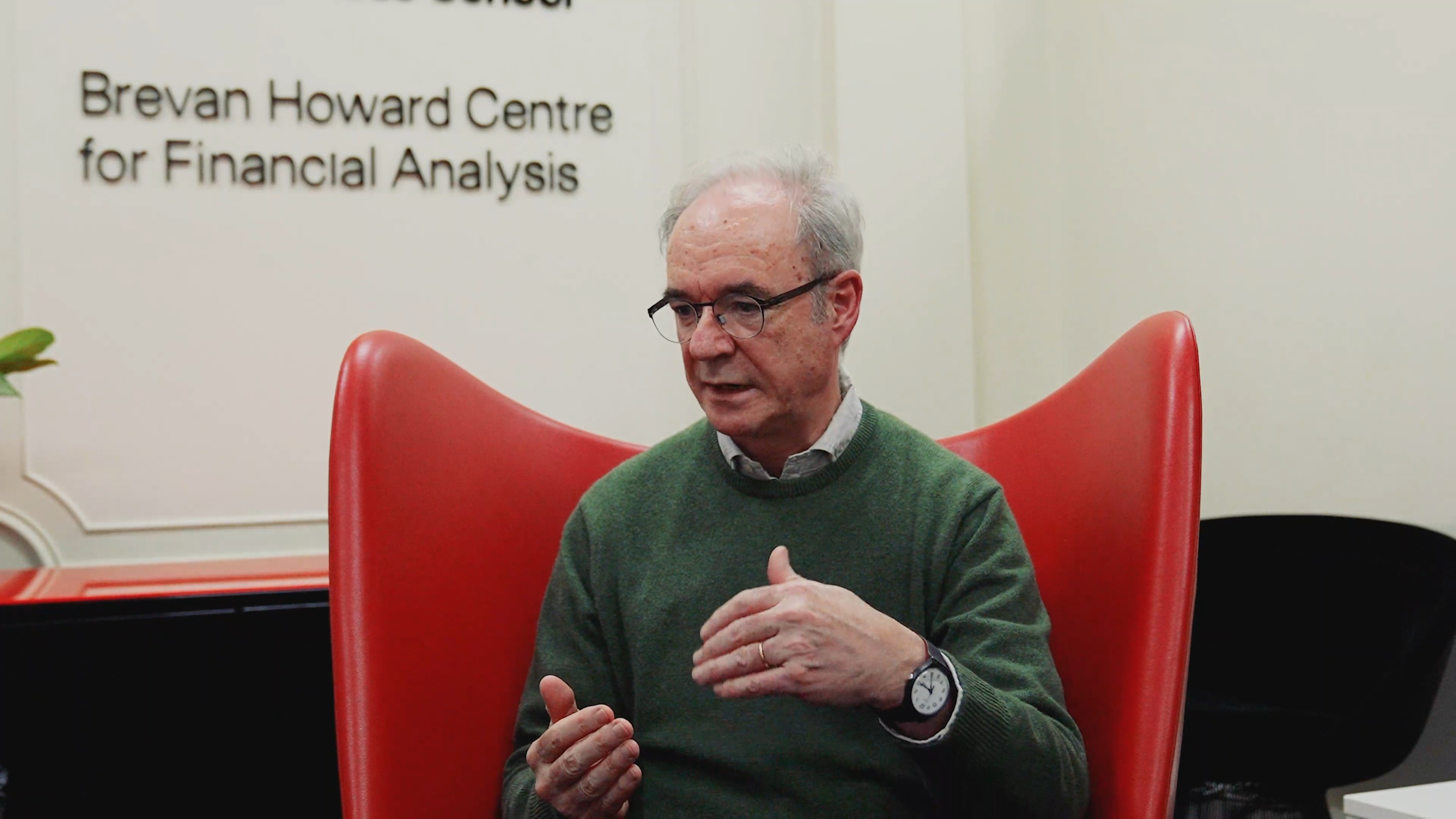Once one starts thinking about the far-reaching benefits of economic growth, the Nobel laureate economist Robert Lucas once observed, "it's hard to think about anything else." The same could be said of "market design," a form of applied economics that promises to improve outcomes in almost every domain one can imagine.

HANGZHOU – One of the most contentious political debates nowadays can be summarized as a classic left-right dispute. The left believes that markets are not delivering the results people need, and therefore government should step in. The right points out that markets have enabled the massive increase in living standards that we enjoy today, and thus should be left alone.
Both positions are correct, but also flawed. Market forces have indeed created vast wealth in the West, and more recently in China. But markets do not necessarily produce the greatest good for the greatest number, especially when they become engines of environmental pollution and other negative externalities.
Fortunately, there is a middle path. Through “market design,” market forces can be harnessed and directed toward socially desirable outcomes. This approach is familiar in government procurement. Governments do not typically make roads, computers, French fries, or warships; rather, they buy these things, after having issued specifications for them and solicited bids.
Similarly, governments used to hold hearings on the issuance of radio-spectrum licenses, essentially deciding who would be allowed on the airwaves. But now, many governments use auctions to allocate spectrum. This approach accounts for what markets get wrong (for example, interference, the need for tied channels, and a lack of representation and social diversity), but nonetheless harnesses the forces of supply and demand to produce better outcomes than either government hearings or a fully unregulated market would produce.
“Letting the market decide” involves dozens of choices that affect outcomes. The role of market design is to study those choices to improve the outcomes. As such, market design is a form of applied economics, bearing a relationship to traditional economics analogous to that between engineering and physics. Its focus is on the “rules of the game” governing how people interact in market relationships, with the goal of achieving objectives like efficiency, equity, revenue, and inclusion. It uses a combination of techniques – game theory, laboratory and online experiments, behavioral psychology, analysis of existing markets, and interviews with market participants – to figure out which rules are likely to work, and to subject possible designs to empirical stress tests.
Technology pushes the boundaries of market design. With fast-evolving digital technology and big data analytics, regulators and decision-makers alike have more leverage and computing power available for market design, enabling designs that were impossible in an analog age. One example involves Ant Financial, the largest “unicorn” company in China. According to a 2019 report published by Luohan Academy, an open research institute founded by Alibaba, with big data and machine learning Ant Financial can effectively detect fraudulent payment requests based on historical transaction data and behavior patterns. It achieves a fraud-loss rate of less than five per 10,000,000, well below the 0.2% average in the world’s leading payment agencies.
PROVEN TRACK RECORD
Market design has worked in diverse settings. For example, more than $100 billion in spectrum has been allocated through a process designed by three economists known as the simultaneous ascending auction, which has stood the test of time for more than a quarter-century.
Similarly, 20,000 physicians are matched to residencies in the United States and the United Kingdom each year using a variant of the Gale-Shapley algorithm (for which Al Roth of Stanford University and the late Lloyd Shapley won the Nobel Memorial Prize in Economic Sciences). A related mechanism matches children to public schools in New York City and Boston, and similar methods have been fruitfully applied in electricity auctions, airport security, sales of mineral resources, graduate-school class assignments, packing experiments for the NASA Space Shuttle, water-rights allocation, railroad scheduling, and financial markets. While most of these applications tend to be handcrafted by high-paid consultants, the approach has nonetheless proved a resounding and widely accepted success.
Market design generally performs best as a decision-making support system that helps policymakers understand the consequences of their choices. Automated data collection, especially from Internet of Things devices, and machine learning have opened the way for a wider array of market-design technologies, and for entirely new markets such as those pioneered by Alibaba, Uber and DiDi, and Airbnb.
The evolution of the Chinese e-commerce firm Taobao’s rating system provides an instructive example of practical market design. Over 15 years, Taobao has increased the information – both in terms of complexity and context – provided to its users (market participants), prevented collusion, and exploited the benefits of social networking. Feedback loops involving user engagement and product returns, along with algorithms to detect ratings manipulation, has led to a system that maximizes the gains from trade. In other words, Taobao has made dozens of conscious choices to optimize its marketplace.
Market design is no less promising for the public sector, where it can be used to improve well-established practices (auctions, school assignments, subsidies), be adapted to more recently accepted applications (security-force deployment, traffic management), and generate novel solutions that require further validation and testing (crowd control, worker retraining). By influencing incentives, market design can help the public sector solve many of its most vexing problems.
THE AUCTION BLOCK
Auctions are a reliable method of price discovery, which means they are valuable whenever prices or costs are uncertain. If a government is buying a competitively supplied product like ketchup or wheat, it can source it from the market. But in almost all other circumstances, it should run a procurement auction. Similarly, if the government is selling something whose value varies or is unknown – such as offshore oil drilling rights, radio spectrum, airport landing rights, pollution permits, import quotas, timber on public lands, water, electricity, or confiscated stolen goods – an auction is the best method to use. Put another way, auctions should be used to allocate shortages efficiently whenever the supply of a resource is fixed.
A common misunderstanding is that auctions should be used only when the goal is to obtain the best price. But modern auctions are actually flexible enough to accommodate many other social objectives, like preferring domestic or minority-owned suppliers, penalizing suppliers who pollute excessively, and so forth.
There are many choices to be made in designing an auction appropriate to the problem at hand, and the application should determine the choice. Auctions can be sealed-bid or ascending. They can be priced with the best or the second-best bid. Multiple goods can be sold simultaneously, sequentially, or in bundles. Auctions can also favor or disfavor particular bidders, and may offer bidder credits. They can share risk between buyers and sellers, include forward markets, and allow for withdrawal penalties.
Historically, the means of favoring marginalized constituencies – domestic workers, women- or minority-owned business, small firms, companies using green technologies – has been to rely on “set asides,” usually in the form of budgetary earmarks. But a better method would be to target these groups across all procurement activities. For example, a target group might obtain a bidder credit that works like a handicap in golf. A 15% bidder credit means a $100 bid produces a $115 payment for targeted bidders, permitting a higher-cost targeted bidder to compete effectively with a more efficient rival. The advantage here is that all auctions are open to all bidders. The handicap given to the targeted group ultimately makes the auction more competitive, forcing better bids from non-targeted groups.
Finally, auctions are ideal for the public sector, because they are more transparent than most alternatives, not least comparative hearings and administrative assignments. As such, they are seen as fairer, and thus less vulnerable to political challenge.
MATCHING MARKETS
Over the past few decades, sophisticated computer matching systems have been used to assign pupils to public schools in Boston and New York City. After parents have ranked their preferred schools, and the schools have ranked the children, an algorithm returns the best overall allocation of students within the given constraints, such as classroom seats, commuting distance, or parents’ desire to place siblings at the same school.
This well-honed technology is especially valuable when assigning subsidies to students for colleges, where the subsidies can be tied both to the quality and social value of the education. For example, special allowances can be made for students pursuing a course – be it engineering, medicine, or philosophy – that will help the country meet its needs and goals.
Similarly, many governments provide special subsidies for water and electricity. But such policies produce waste, which can be eliminated with a market-design approach. In addition to reducing the apparent cost of the good in question, subsidized prices also amount to a wealth transfer. If a customer is charged $7 per 1,000 cubic feet (KCF) of water when the real cost is $20/KFC, she is effectively receiving $13/KCF, and will presumably use more water than she would have if she had paid full price.
Or, suppose that a household uses ten KCF at a price of $20/KCF, but uses 18 KCF when the price is just $7/KCF. In this case, eight KCF are wasted, in the sense that the value the household derives is less than the cost. We know this because the household was not willing to buy the water at $20/KCF. Its effective value, then, is somewhere between $7 and $20 per unit.
How can this waste be avoided? One option is to increase the price directly to $20/KCF, but then offer a supplementary payment. If the payment is $13 (the difference between the new and old price) multiplied by the 18 KCF the household was using, that household is now better off. It can still afford to buy the water it used to buy when the price was $7/KCF, but it will no longer use more water than it needs, because the cost of consuming additional water has grown.
A key feature of this improved subsidy is that it is independent of current water usage. Consider the case of two families that both used 18 KCF before. If one uses five KCF after the price increase and the other uses 15 KCF, both get the same subsidy ($13 times 18 KCF), which is what it would cost them to buy the earlier consumption level at the new prices. Only now, the system eliminates the incentive to use extra water to get a better subsidy after the fact.
Clearly, this is the best strategy for turning off subsidies without causing undue harm to citizens. But there are a couple of complications to consider. First, if citizens are aware of the policy, they will want to increase usage today to increase tomorrow’s subsidy. This perverse incentive can be combated either by establishing a baseline quantity in the past, prior to contemplation of the policy, or by using an average based on household size and property size, so that the subsidy doesn’t depend on individual behavior.
Second, the new subsidy should probably have a limited duration, rather than operate as an indefinite entitlement. For example, it might be reduced by 20% each year after the first, so that it disappears after six years.
OFF THE BEAT
Designing the rules for market transactions is just one type of market design. Another approach is to use game theory and better technology to improve efficiency. Consider the case of police forces, which, like all human organizations, tend to fall into patterns. Over time, police will “walk a beat” or patrol a predictable route. But these patterns are exploitable: criminals can simply plan a crime for just after the police have passed, when they know they will have a safe window for illicit behavior. The obvious solution is to randomize police deployments. Unfortunately, people aren’t very good at randomizing their behavior.
But even a simple randomizing app can help to overcome this challenge, provided that the software accounts for two aspects of the security problem. First, it is important to coordinate across security forces, so that all are not deployed to the same location at the same time, as can happen with individual randomization.
Second, while optimal software-driven deployment will be random, this does not mean that it should be uniform; obviously, more attractive targets should be defended with higher probability. The attractiveness of targets can be established through a variety of means. For example, to prevent poaching in Uganda, the presence of slaughtered animals and reports of poachers and animal movements (through geo-tagging) can provide a wealth of data for machine-learning algorithms.
These methods have yielded major successes for predictive policing in Los Angeles – both regular police deployment and Transportation Security Administration deployment at Los Angeles International Airport – and for prevention of poaching in Uganda and Indonesia. The potential benefits of combining market design with big data analytics are enormous. For example, Microsoft Research has shown that with better use of data, New York City could have achieved the same level of targeted crime reduction as the controversial “stop and frisk” policy, but with 94% fewer interventions.
DENSITY ISN’T DESTINY
It has been estimated that Americans will waste $1 trillion by 2030 as a result of traffic congestion. That represents about 6% of GDP, a proportion that probably holds approximately true around the world, implying a total loss of some $5 trillion. But consider the case of Singapore, where highways run at 65 kilometers (40 miles) per hour at the peak of rush hour. Singaporeans lose so much less time in rush hour because their highways are subject to dynamic pricing: the more people want to use the road at a given time, the more it costs to enter.
All highways have a maximum capacity. When the cars on the road exceed that capacity, crowding ensues and drivers become anxious. When drivers become get anxious, they slow down for safety, which not only reduces the highway’s throughput, but also further reduces its capacity. Hence, the key to maximizing the highway’s carrying capacity and keeping speeds up is to limit the volume of vehicles to that initial capacity.
The cost of driving on highways is not limited to the price of gasoline, pollution, and wear and tear on roads and vehicles. There is also a congestion externality – each additional driver slows down other drivers – that should be priced, just like pollution. If properly designed, congestion costs are minimal until a highway is fairly crowded, at which point they should skyrocket.
Moreover, the necessary technologies are now inexpensive enough that we could replicate Singapore’s traffic solution throughout the developed world. A $50 device or even a smartphone app would allow for dynamic pricing, not just on highways but on all streets. With a posted price that accurately reflects the risk of traffic jams, people would quickly start carpooling, using public transportation, or changing their commutes to mitigate what would likely be substantial charges in many metro areas (fees in London are £11.50 ($15), yet traffic remains terrible, suggesting that the price is too low).
To be sure, congestion pricing will have a substantial impact on the poor. But the revenue generated would likely be sufficient to increase the frequency and convenience of public transport, such that it could become a superior alternative to driving for many commuters. Overall, pricing the roads and using the money raised to provide alternative transport – through procurement from private firms – can make all members of society better off.
Crowd control represents a similar type of problem. People can be literally crushed by abrupt movements, and thick crowds can inhibit the movement of police, which makes them attractive environments for pickpockets and criminal gangs. People in crowds who experience health emergencies have little to no ability to obtain care. Nonetheless, crowds are unavoidable in some contexts: New Year’s Eve, political demonstrations, the Pope’s Christmas mass, the Hajj, outdoor concerts, sporting events, the Arba’een Pilgrimage, Sabarimala, Mardi Gras, and funerals of beloved leaders.
Fortunately, new technologies can mitigate the risks associated with crowds. Fixed-location video and drones can provide new data sources; machine intelligence can be used to identify and surface video that needs to be examined by humans. Such data can then be used to reduce crowd density – by slowing or redirecting the procession into a funeral viewing, for example, or by opening up alternative paths by offering free trinkets or other enticements. In any case, the key to mitigating the harm of crowds is to identify incipient problems before they emerge.
Likewise, identifying and prosecuting crimes can reduce criminals’ incentive to enter crowds in the first place. With extensive video footage, machine intelligence can be trained to spot the behavior of pickpockets and catch them in the act, especially if cameras can be re-aimed. The same methods can also be used to identify health emergencies, and then to clear a path for medical assistance.
KEEPING WORKERS IN THE GAME
With their workers being displaced by foreign competition and automation, developed countries have responded by setting aside funds for retraining, but the experience has been mixed at best. The problem is actually a combination of two separate problems – skills acquisition and employer needs – that admit of a common solution. In this case, an effective market design strategy would be to collect more credible information from employers in order to guide retraining decisions.
For example, one approach is to create an electronic market where employers can bid for an employee. In the traditional labor market, employers bid for employees with wages and job characteristics. In the retraining market, however, the employer will bid for the amount of subsidy needed to hire the worker immediately. An auto plant might hire a worker at $20/hour but require a $7/hour subsidy for six months, during which time the worker would take a 12-week, half-time class. The employment contract would be for a minimum of one year, unless the worker violated the contract. Here, the goal is to bring the employer into the equation, so that the worker gets skills valued by at least one employer and ends up with a viable job.
The beauty of a specially designed market for retraining is that it can operate in parallel to the existing system. Workers can opt for standard retraining if they don’t receive an acceptable offer through the new market. But because firms can influence the training of incoming workers and make use of subsidies, this channel for acquiring workers will be competitive with other methods.
In all of these scenarios, market design can improve welfare by harnessing market forces to solve social problems. While it has already had great successes, this approach could be used in many more settings. It thus belongs in every politician’s toolkit.
Preston McAfee
Preston McAfee, former chief economist at Microsoft, is a member of the Academic Committee of Luohan Academy.
Simon Wilkie
Simon Wilkie is Dean of the Faculty of Business & Economics, Monash University.
Project Syndicate originally published this article on Jan 23, 2020









